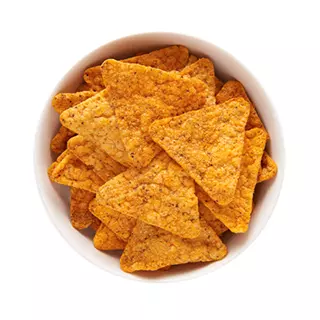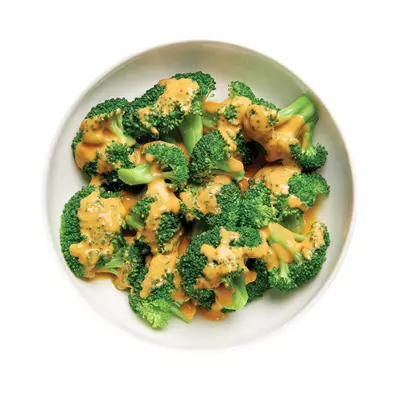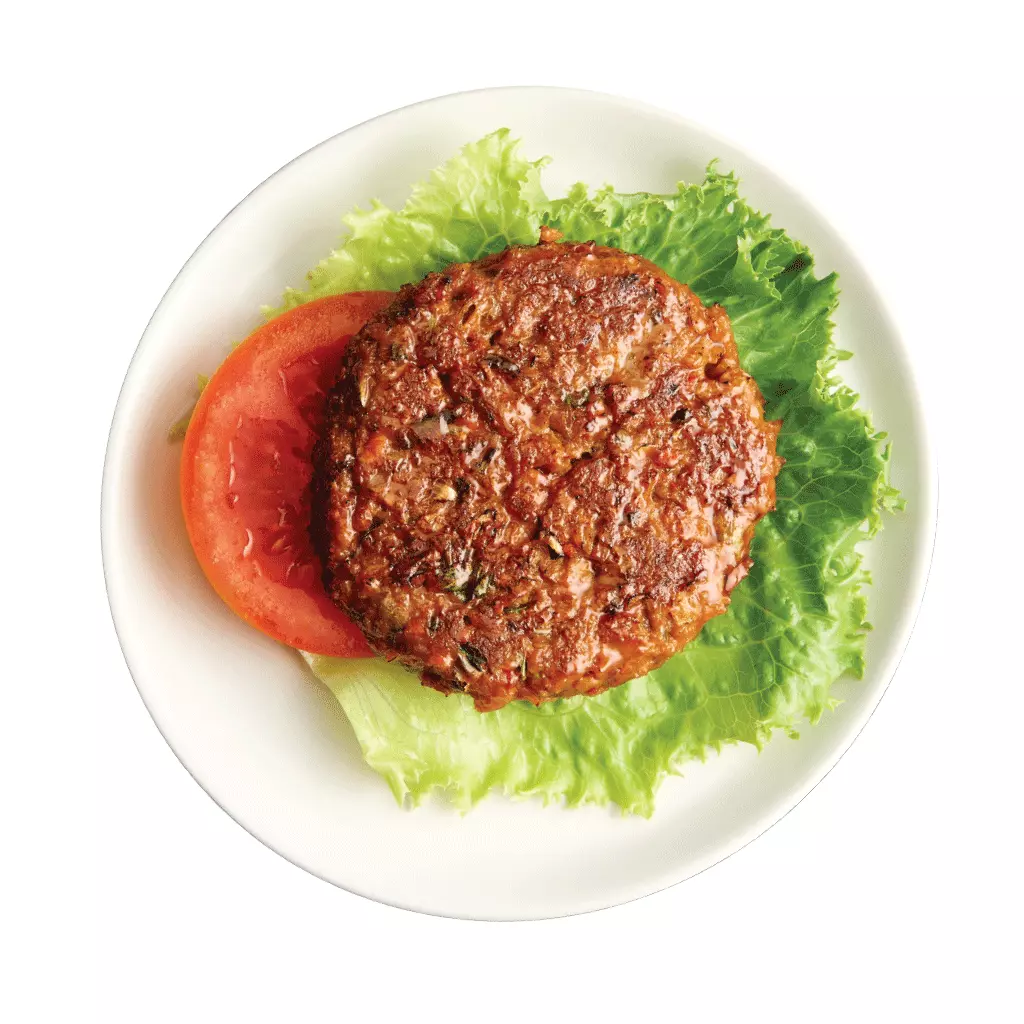Everyone has a problem area when it comes to fat storage. When it comes to losing weight, wouldn’t it be great if we could dictate precisely which regions of the body our fat loss comes from or what type of fat we wish to burn?
Aside from liposuction (which also has its drawbacks), the idea of spot reduction is not new. Think back to the era of Cortislim, a supplement promised to target abdominal fat through the modulation of cortisol. While this strategy holds some scientific merit, the science of spot reducing fat through weight loss is not as exacting or precise.
For many people starting a diet, their problem area(s) is something they see above all else.
Depending on the problem area, a narrow focus on progress in this area may be a set up for failure without understanding the science of fat – why we have it, the different types of body fat, and how we store and lose fat.
Purpose of Fat
Over the centuries, our views of fat have evolved quite a bit.
From the Stone Age to the Renaissance Era, the view of fat(ness) was health, wealth, and beauty. As recently as 100 years ago, women of wealth strove for a pleasingly plump physique, with their physician’s advising against exercise. Globally, there are still places in the world that hold that opinion.
In the US, things have changed dramatically, especially over the last 100 years.
For women, the roaring 1920s brought a significant change in the views of fat, where thinness became the picture of beauty and esteem. Then the Great Depression hit, and food scarcity became common, signaling a slight shift to prior views.
After the end of the Depression and World War II, the 40s-60s brought the new trend of Great Depression, where parents would encourage and in many cases force their Baby Boomer kids to be upstanding members of the clean plate club, finishing all of their food.
In the 60s, things again made a shift to the view of thinness and beauty being mutually exclusive. Popular models like “Twiggy” and actresses became smaller and more slight.
For men, the shift in perspective didn’t come until the 80s. Today, weight and fat continue to imply a social and class issue; however, this shift in perspective from asset to stigma has men and women battling the bulges.
In addition to social status, society views the ability to maintain one’s weight as a reflection of their behavior and self-control. A trend that started in the 80s and continues today now leaves men and women aiming for the “perfect” body. For women, it creates pursuits for lean arms, a flat stomach, and thin thighs. For men, the trend leans toward the upside-down triangle body with its broad shoulders, slender waist, and a low body fat percentage to show off the muscles.
Types of Body Fat
Many dieters believe fat, in general, is the enemy. Thus, people who are embarking on a weight loss diet fail to realize that not all fat is equal, and there is a diminishing point of return with weight loss. Let’s separate the three types of fat cells we have in our body:
-
White fat
This is what most people think of when they think of fat. White fat is a collection of large white cells and fat that pads our organs and accumulates under the skin in areas such as thighs, arms, backside, and midsection. White fat is hormonally active and plays a role in many vital hormones, such as insulin, estrogen, growth hormone, leptin, and more.
Excess white fat is more than an aesthetic issue; excess white fat increases the risk of Type II diabetes, stroke, high blood pressure, pregnancy complications, and even cancer.
-
Brown
Brown fat, found in babies, is a mitochondrial-rich fat that helps keep the body warm in cold temperatures. This fat, located in the neck and shoulders, is less abundant in adults. Brown fat burns fatty acids for energy and is a beneficial type of fat.
-
Beige
Beige fat is a new focus for scientists and researchers.
Also deemed Brite Fat, beige fat’s function falls between brown and white fat. Like brown fat, beige fat helps burn fats rather than store them, as in white fat.
Induced by the environment, hormones, and enzymes, beige fat holds a lot of promise. The environmental factors are cold, stress, and exercise. Areas such as stress and exercise in weight loss are a significant interest of researchers, and we should look to them for exciting new developments.
Fat Storage
While some look at fat as a curse, not all fat is bad. In the United States, the American Council on Exercise (ACE) recommends a healthy range for non-athletes. ACE states that women should aim for body fat between 21 – 31%, and men should aim for 14 – 24% body fat.
Here are the types of fat that our body stores to make up this percentage:
-
Essential Fat
Essential fat’s name says it all.
This type of fat is needed to protect our organs’ membranes, fuel the bone marrow, and is even the type of fat that comprises the brain. In humans, the brain is nearly 60% fat. Essential fat performs many essential functions that regulate hormones, is vital for vitamin absorption, fertility, and more.
Physicians recommend that men retain 2-5% essential fat and women between 10-13%. Too little essential fat has the potential to create a cascade of issues.
-
Visceral Fat
Visceral fat is white fat that is found around our significant organs and prominent in our midsections. It can be very dangerous, markedly increasing the risk of diabetes, heart disease, artery disease, strokes – even some forms of cancer.
-
Subcutaneous Fat
Subcutaneous fat is the fat you can grab (or measure with calipers) under the skin and is made up of white, beige, and brown fat cells. While some subcutaneous fat is good, too much can create a problem. Too much subcutaneous fat can cause hormonal changes and create insensitivity, such as insulin resistance.
The Function of Fat
Although while fat often gets a bad rap, it actually holds these critical functions:
- Fat protects our organs and keeps us warm in cold temperatures
- Calorie storage for a vital link to survival.
In nature, body fat provides reserve storage for times of scarcity. When there is a lack of food, or the body moves into a ketogenic state, the body is redirected to burn our stored fat for energy.
The body’s intelligent design has relied on the safety net through the ages and times of scarcity.
Today, food is plentiful, and this plenty, combined with less activity in our modern lifestyles, sets us up for obesity. The good news, when applying scientific principles to weight loss, we can tap into this extra fuel tank and burn our stored fat. This approach is one of the central tenets of the Ideal Protein diet.
Why Abdominal Fat Seems the Last to Come Off
Abdominal fat, also known as visceral fat, may feel like the most difficult to lose, especially when it’s your trouble area. However, it actually goes off a bit faster than subcutaneous fat – the jiggly fat on the thighs. Besides helping your clothes fit much better, shedding visceral fat is also good for your health, improving blood sugar and cholesterol levels.
According to a study published in a 2008 edition in the International Journal of Obesity and as you learned earlier, visceral fat is more biologically and metabolically active than subcutaneous fats.
Initially, when you cut down your calorie intake to lose weight, your body starts using the abdominal fat to produce energy, primarily due to its proximity to the liver. But as you continue losing weight, abdominal fat loss reduces as your body begins to turn to the subcutaneous fat stores found in other regions of the body for energy.
Losing the Dreaded Abdominal Fat: Diet and Exercise
A combination of regular exercise, at the right intensity, and a healthy diet may be the best strategy to help you lose abdominal fat.
A 2015 study, published in The Journal of Clinical Endocrinology & Metabolism, explores the effects of diet and exercise on the loss of visceral fat in type II diabetic postmenopausal women.
In this study, researchers found that combining aerobic activity like jogging or brisk walking with a calorie-restricted diet helped the women shed 13% of their abdominal fat compared to 7.5% with diet only.
One important point to note is that this study focused on a low-calorie diet that includes carbohydrates. This dietary approach creates a challenge and would be more relevant if based on a ketogenic diet, like Ideal Protein.
The study design flaw is the dietary approach; however, this study reveals that a secret to accelerating losing fat, especially belly fat, is adding in aerobic exercise. Low intensity, long-duration aerobic exercise burns more fat than high intensity, anaerobic workouts like spin class, kickboxing, and even running, depending on your conditioning.
However, whether you are looking to engage in a diet only or combine it with regular exercise to achieve weight loss or focus on losing your belly fat, it’s crucial that you a ketogenic diet, like Ideal Protein.
If you’re wondering what would be your best approach for fast weight loss that is easy to maintain, check out Ideal Protein’s medically-derived approach. You can also sign up for a complimentary consultation with one of our nutritionists to ask your questions and learn about our different scientific approaches to fat loss.






